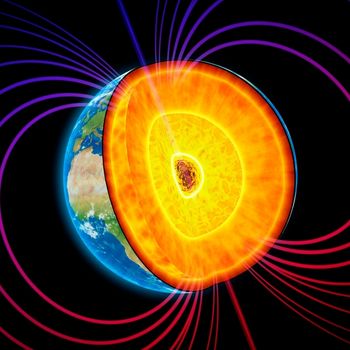LASP Magnetosphere Seminars
Turnover in Gleissberg Cycle Dependence of Inner Zone Proton Flux
Mary Hudson
(Dartmouth College, HAO NCAR)
Abstract
Inner zone proton flux from 1980 to mid-2023 has been examined using NOAA POES satellite data, extending analysis by Bregou et al (2022), who found a long-term increase in proton flux averaged over the 11-year solar cycle modulation corresponding to a one hundred year minimum in solar activity consistent with the Centennial Gleissberg Cycle. Variation of inner belt protons is correlated with decreasing F10.7 maxima over the 40-year period up to 2021, serving as proxy for solar EUV input to Earth’s atmosphere. Extending an earlier study (Qin et al., 2014) of >70 MeV protons using the South Atlantic Anomaly (SAA) peak flux, and at fixed L = 1.3, a comparison is made between the >35, >70 and >140 MeV energy channels on POES. All three energies show an increase in proton flux over the period 1998 – 2021 using a single spacecraft. The observed flux increase is correlated with decreasing F10.7 over the longer 40-year time interval, as with the ∼11-year solar cycle. Most recently the proton flux in all three energy channels has dropped with the rapid rise in F10.7 for Solar Cycle 25. A phase lag during Solar Cycle 24 (January 2010 – June 2021) between the F10.7 minimum and proton flux maximum was determined to be ∼500 days, the same at all energies studied. A comparable phase lag is found between the December 2019 solar minimum and the inner zone proton peak flux observed in 2021. A model calculation of the inner zone proton flux was found to generally confirm the long-term trend examined by Bregou et al. (2021) both in absolute magnitude and phase lag. It is concluded that this long-term trend is a manifestation of the Gleissberg Cycle minimum and accompanying decrease in solar EUV. Increased EUV as we approach the Solar Cycle 25 maximum (using F10.7 as a proxy) has led to increased proton loss to the atmosphere and resulting turnover of the long-term trend of increasing inner zone proton flux observed over the preceding four solar cycles.
Visitor information

